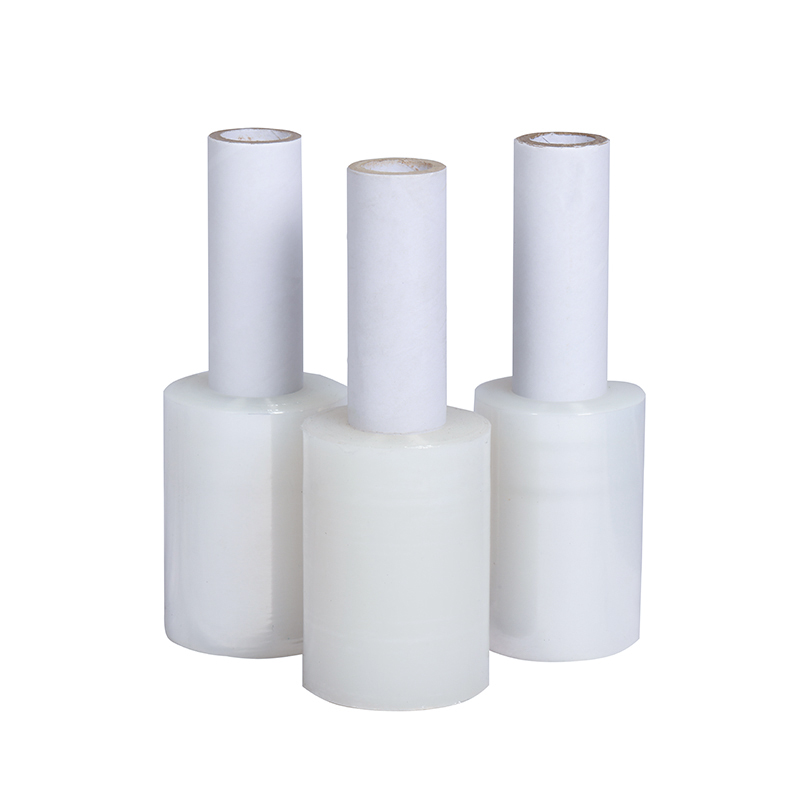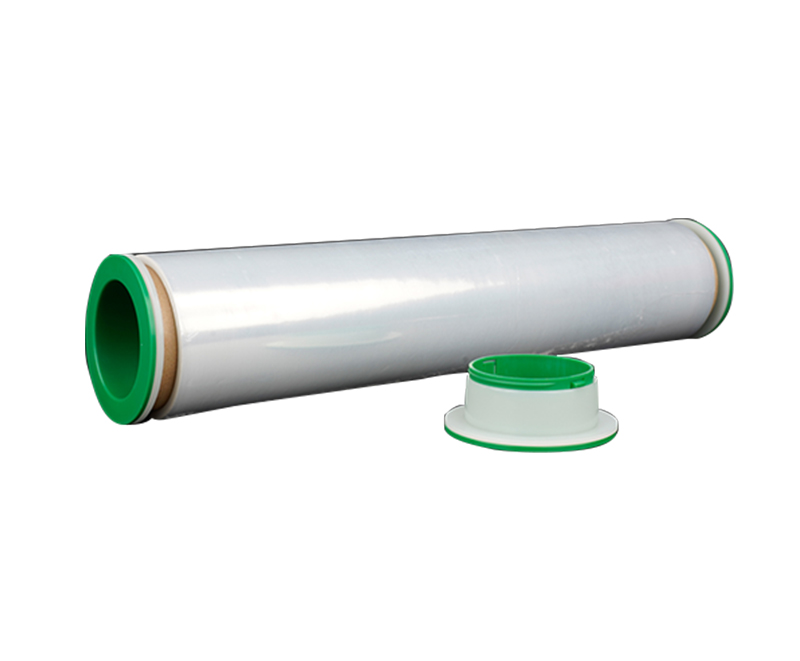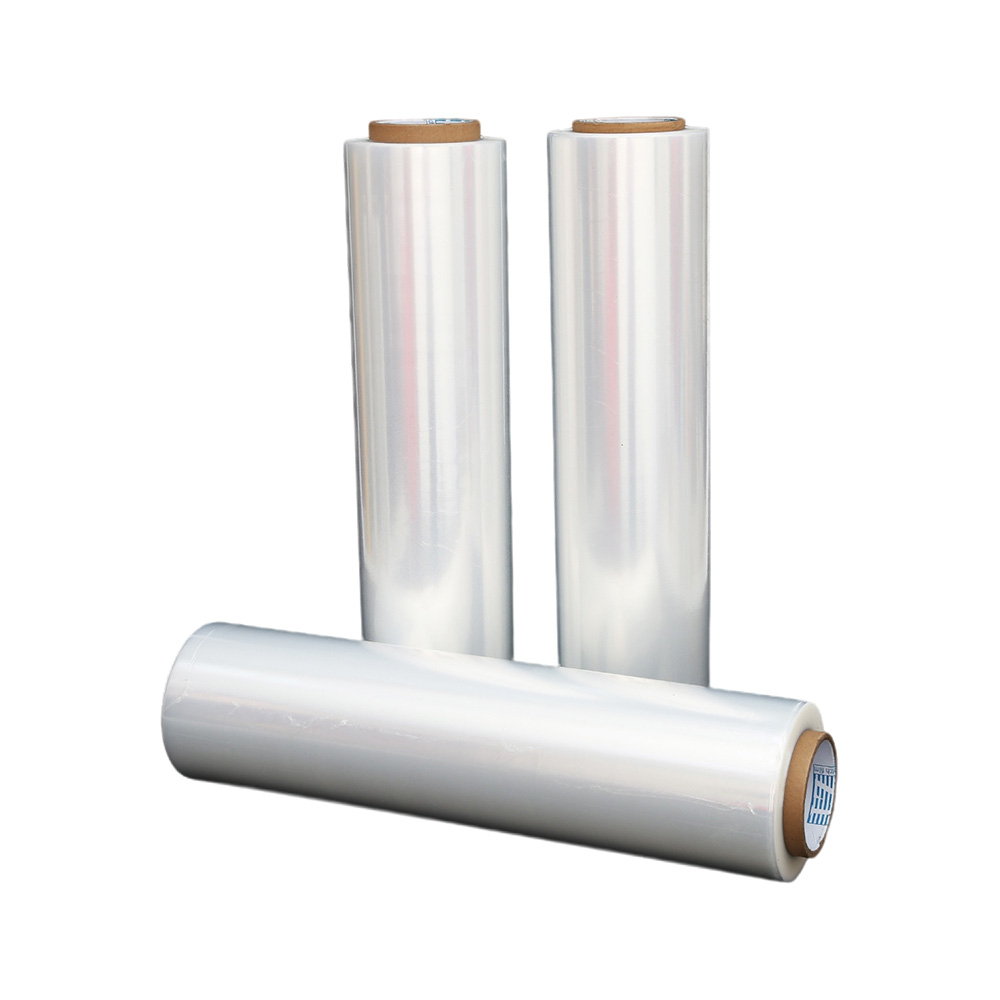The Difference Between Stretch Wrap and Cling Film: A Compre
Source:The Difference Between Stretch Wrap and Cling Film: A CompreTime:2025-01-03Visitors:
Plastic packaging films are essential in many industries, from food service to logistics and manufacturing. Two widely used products—stretch wrap and cling film—are often confused due to their similar appearance. While both provide a protective barrier, they serve different purposes. This article will explore the key differences between stretch wrap and cling film, highlighting their individual features and best-use scenarios. Additionally, we’ll discuss the importance of quality in film production, with insights from Dongguan Zhiteng Plastic Product Co., Ltd., a leader in premium packaging solutions.
Introduction to Plastic Packaging Films
Packaging films are crucial for ensuring product safety, protection, and preservation across a variety of industries. Stretch wrap and cling film stand out for their versatility. Both are made from plastic polymers offering flexibility, resilience, and some transparency. However, each excels in different applications.
Understanding the properties of each film is key to choosing the right one for your needs. Using the wrong type of film can result in reduced shelf life for food products, damaged goods, or customer dissatisfaction. By the end of this article, you’ll have a clear understanding of stretch wrap and cling film, helping you make informed decisions for your business or home.
What Is Stretch Wrap?
Stretch wrap (also called stretch film) is a transparent plastic film designed to cling tightly to itself, rather than to the object being wrapped. It’s primarily used for securing large or bulky items. Below are some key characteristics of stretch wrap:
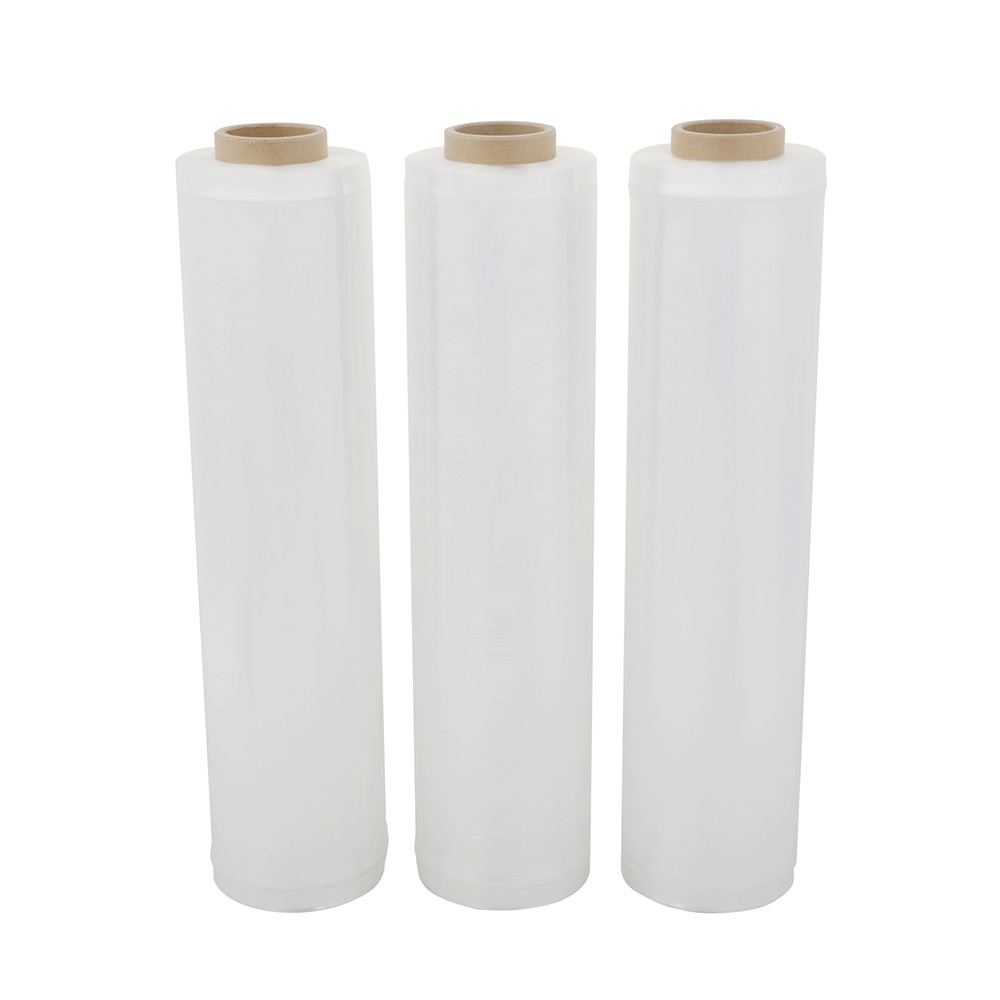
Composition and Manufacturing
Stretch wrap is typically made from linear low-density polyethylene (LLDPE) or other specialized polyethylene blends. Advanced manufacturing techniques, like the five-layer extrusion machines used by Dongguan Zhiteng Plastic Product Co., Ltd., allow for the production of high-strength, high-clarity films. This ensures consistency and reliability in the final product.
Typical Usage
Stretch wrap is mainly used for binding and securing products together. The most common application is pallet wrapping, where multiple packages on a pallet are enclosed with several layers of stretch film. This stabilizes the load and makes transportation easier and safer.
Strength and Durability
Stretch wrap is thicker than cling film and can withstand tension, dust, moisture, and minor abrasions. It's suitable for industrial use, including warehousing and shipping. Stretch film can be applied manually or using automated machines, depending on the scale of the operation.
Benefits:
-
Reduces product shifting and damage during handling.
-
Enhances protection against moisture and contaminants.
-
Cost-effective for large-scale packaging needs.
-
Eliminates the need for additional strapping or adhesives.
What Is Cling Film?
Cling film, also known as plastic wrap or preservative film, is a thin plastic film designed to cling to surfaces. It’s most commonly used in household and food-service environments. Below are some defining characteristics of cling film:
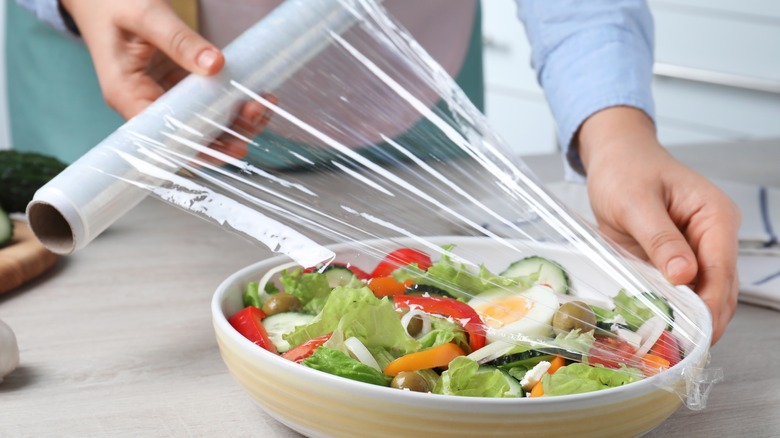
Composition and Thickness
Cling film is often made from polyvinyl chloride (PVC) or polyethylene. It is thinner than stretch wrap and offers a high degree of transparency, making it ideal for food storage and display.
Application in Food Preservation
Cling film’s primary use is to wrap perishable items like fruits, vegetables, cooked meals, and leftovers. It helps reduce exposure to air and contaminants, extending the freshness of food. Cling film is also safe for short-term food storage, though care should be taken when using it in high-temperature settings like microwaves.
User-Friendliness
Cling film is sold in convenient rolls, often with a built-in cutting edge for easy dispensing. Its natural cling ability makes it easy to wrap food items or dishes without the need for additional sealing materials.
Benefits:
-
Maintains food moisture and freshness.
-
Convenient for both domestic and commercial kitchens.
-
Transparent for easy inspection of contents.
-
Ideal for short-term food storage.
Key Differences Between Stretch Wrap and Cling Film
While both films share certain similarities, they differ in composition, thickness, and intended applications. Understanding these differences is crucial for effective packaging and storage.
Thickness and Elasticity
-
Stretch Wrap: Thicker and more elastic, designed to secure larger and heavier loads.
-
Cling Film: Thinner and more flexible, intended for lightweight items and short-term use.
Clinging Mechanism
-
Stretch Wrap: Clings to itself, making it ideal for bundling large items.
-
Cling Film: Clings to surfaces like plastic, glass, or ceramics, which is ideal for food packaging.
Usage Scenarios
-
Stretch Wrap: Used in industrial and shipping settings to protect and stabilize large shipments.
-
Cling Film: Best for household, catering, and food-service environments to preserve freshness and prevent contamination.
Recycling and Environmental Considerations
-
Stretch Wrap: Can often be recycled, though this depends on local facilities. High-quality stretch films can help reduce environmental impact.
-
Cling Film: Recycling is more complex, especially if it’s come into direct contact with food. Some thinner cling films are not accepted by recycling centers.
Quality and Environmental Impact
The quality of plastic films plays a significant role in their performance and environmental footprint. Films made from low-quality materials are more likely to tear, lose cling, or degrade prematurely, impacting their protective capabilities. High-quality production processes, like those used by Dongguan Zhiteng Plastic Product Co., Ltd., ensure that films are durable, transparent, and reliable.
As environmental concerns grow, it’s important to consider the sustainability of your packaging materials. Many manufacturers are exploring recyclable and biodegradable options, as well as optimizing film usage to reduce waste.
Proper Usage and Tips
Handling and Safety
Both stretch wrap and cling film are safe to use in most situations. However, avoid excessive inhalation of fumes and be cautious of using cling film in high-temperature environments, such as directly over steaming dishes. Always follow safety guidelines for industrial applications.
Packaging Efficiency
To maximize efficiency:
-
Stretch Wrap: Apply the correct tension when wrapping to ensure goods are securely bundled without overstretching or tearing the film.
-
Cling Film: Make sure to wrap food items tightly for the best preservation.
Storage Conditions
Both films should be stored in a cool, dry place. Avoid exposure to direct sunlight or heat, as it can affect their performance.
Reducing Waste
Buy films in the correct width and thickness for your needs to avoid waste. Consider using dispensers or handles to reduce unnecessary plastic consumption.
About Dongguan Zhiteng Plastic Product Co., Ltd.
Dongguan Zhiteng Plastic Product Co., Ltd. specializes in producing premium packaging films and accessories. Since 2001, we’ve been committed to providing high-quality plastic products, supported by advanced technology and a rigorous quality control system. Our key products include:
-
Stretch Film (Wrap Film/Preservative Film): Manufactured using five-layer extrusion technology for superior strength and transparency.
-
Stretch Film Handle: An innovative tool for hand-stretch film use, designed for convenience and sustainability.
-
Green Electrical Wire Film: Certified by SGS and compliant with ROHS standards for eco-friendly packaging solutions.
We pride ourselves on delivering reliable products that meet the highest standards. Our commitment to environmental sustainability ensures that we continue to provide packaging solutions that reduce waste while maintaining the integrity of your products.
Conclusion
Understanding the difference between stretch wrap and cling film is essential for effective packaging and food preservation. Stretch wrap is perfect for securing heavy, large items in industrial and shipping environments, while cling film is ideal for food storage and household use.
When selecting the right film, consider thickness, elasticity, clingability, and environmental impact. High-quality films not only prevent damage but also minimize waste. At Dongguan Zhiteng Plastic Product Co., Ltd., we offer a range of packaging solutions that meet your needs while promoting sustainability.
Let us help you secure your packaging needs with our top-tier products, crafted with advanced technology and a commitment to quality.
Recommended Products
Ranked in the same article
- how to use the stretch film technology to r
- How can we get detailed price list?
- Five common quality problems of PE protecti
- Plastic film degradation
- How to guarantee punctual shipment for our
- Gauge to Micron and Millimetre Conversion G
- What is the difference between stretch film
- Testing the permeability of stretch film
- Stretch film temperature requirements
- Electrical wire film VS electrostatic film
- Why insufficient transparency of stretch w
Latest news articles
- PE stretch film how to cut?
- Stretch Film Wrap: Exploring Its Advantages
- Exploring the Versatility of PE Stretch Fil
- What Is the Difference Between Shrink Wrap
- What is Stretch Film Used For?
- Factors That Affect the Stretching Function
- The Influence of Stretch Film Thickness on
- PE vs PVC Stretch Film: A Comprehensive Gui
- The use of pe stretch film
- Testing the permeability of stretch film
- What Is Red Stretch Film and What Are Its B

